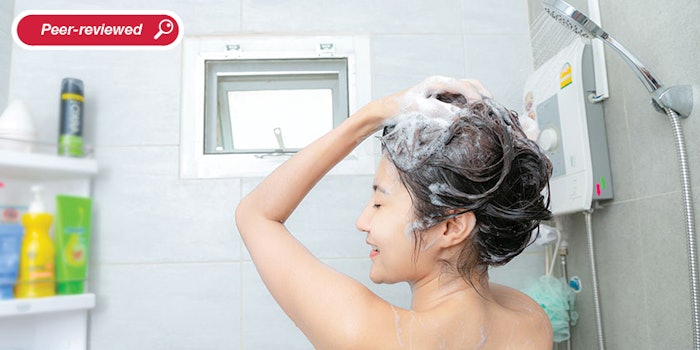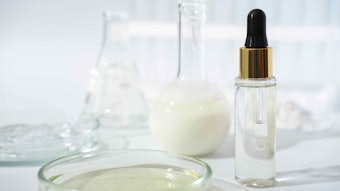
Read the full article in the October 2021 digital edition. . .
In this age of clean beauty—especially now that the world is keenly focused on health and wellness—sultaines offer a safe and sustainable surfactant solution to personal care product developers. Functioning similarly to frequently used betaines, which have fallen into disfavor over allergenic potential, sultaines are used in personal care cleansing products ranging from shampoos and body washes to facial washes.1, 6 They serve to enhance the viscosity of anionic surfactants, reduce irritation and produce dense and stable foam.3
Sultaines are lesser-known than betaines. According to Mintel GNPD, from January 2018 to September 2021, approximately 60,000 products containing cocamidopropyl betaine were added to the global database. During the same period, only ~2,000 products containing cocamidopropyl hydroxysultaine were added.
The use of sultaines has been less widespread than betaines primarily because additional reaction steps are required to produce them. However, their other attributes have become much more market-relevant today. For example, in addition to their known safety, sultaines can be sustainably produced and they support higher renewable carbon indices. These and other characteristics are discussed in the present article. In addition, the authors compare the performance of sultaines with betaines in basic wetting, viscosity-building and foaming tests.
Structural Characteristics
Sultaines are commonly grouped within the class of surfactants called amphoterics. More precisely, they are zwitterionic4-6 at a typical formulation pH, carrying both a positive and a negative charge covalently linked within the same molecule. This makes them internally balanced with a net charge of zero. It is not possible for sultaines to exhibit a net negative charge7 and they generally do not exhibit an overall positive charge above pH 3;8 so in fact, they are not truly amphoteric. This zwitterionic nature lends itself to compatibility with various anionic, cationic and nonionic surfactants.
. . .Read more in the October 2021 digital edition. . .
References
- Arif, S. (2009, Sep 2). The formulation basics for personal cleansers. Available at https://bit.ly/3BFRkoJ
- Tai, L.H.T. and Nardello-Rataj, V. (2001, Mar-Apr). Detergents. Detergents; The main surfactants used in detergents and personal care products. Available at https://www.ocl-journal.org/articles/ocl/pdf/2001/02/ocl200182p141.pdf
- Verdicchio, R.J. (1982, May 13-14). Formulating mild surfactant systems with counter irritants. Johnson & Johnson baby products. Society of Cosmetic Chemists Annual Scientific Seminar. Memphis, TN.
- Becker, T.M. (2012, Jul 16). Zwitterionic surfactants: A milder alternative? Available at https://www.naturallycurly.com/curlreading/ingredients/zwitterionic-surfactants-a-milder-alternative
- Clendennen, S.K. and Boaz, N.W. (2019). Ch 14 - Betaine amphoteric surfactants—Synthesis, properties and applications. Available at https://www.sciencedirect.com/science/article/pii/B9780128127056000149
- Noureddini, H. and Medikonduru, V. (1997). Glycerolysis of fats and methyl esters. J Amer Oil Chem Soc 74, 419-425.
- Blackman, L.D., Gunatillake, P.A., Cass, P. and Locock, K.E.S. (2019). An Introduction to zwitterionic polymer behavior and applications in solution and at surfaces. Chem Soc Rev 48 757-770.
- Guthrie, J. P. (1978). Hydrolysis of esters of oxy acids: pKa values for strong acids. Can J Chem 56, 2342-2354.











